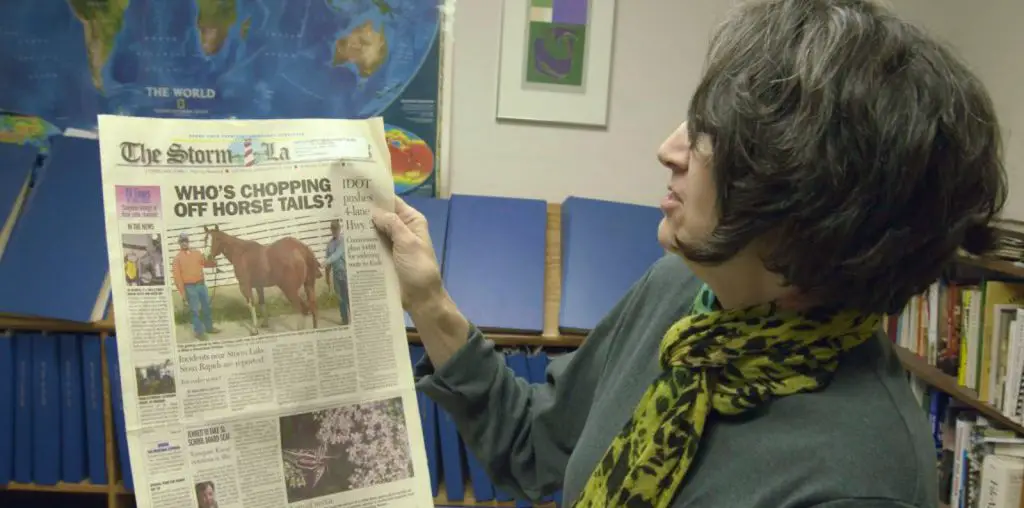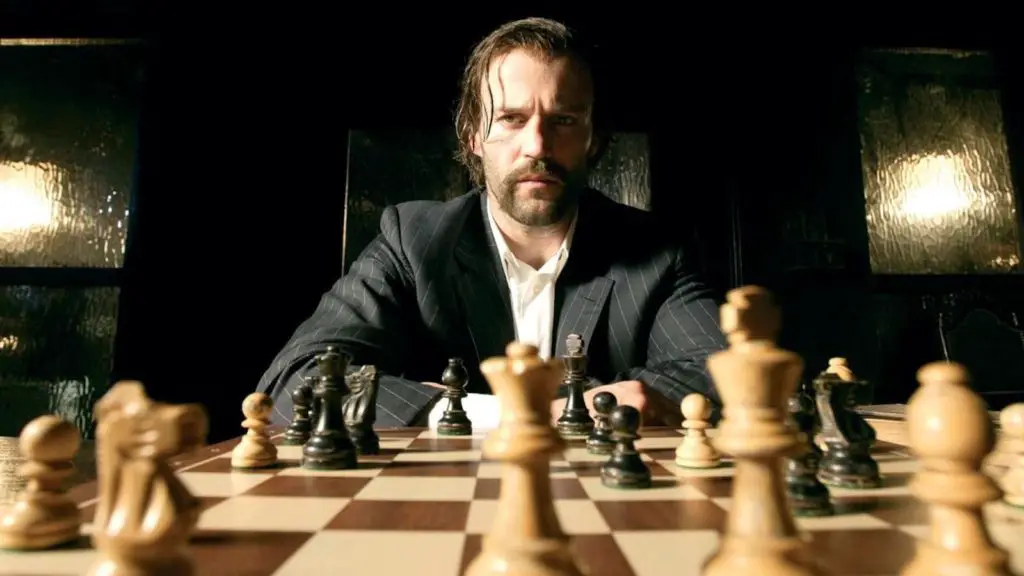
As much as I like the idea of hybrid cars – I don’t own one yet, but in the words of Denis Leary, “When I get some money…” – they avoid one problem for another: 50% of electricity in the US comes from coal. The “environmentally conscious” chunk of a hybrid’s power comes from the stuff that, ages ago, heated homes and ran locomotives. To get much of today’s electricity, companies strip down mountains for coal, ship it to a processor, then burn it so the fumes can turn a generator. And we thought the internal combustion gas engine has low efficiency. (For the record: a gas engine is about 40% efficient).
In an attention-getting move, the new documentary “The Last Mountain” stresses the “50% coal” fact in an onscreen title before showing a series of mountains being blown up for their resources. Effectively, the opening shows the undeniable facts that pro-coal citizens and agencies are avoiding. Director Bill Haney delivers a worthy expose on one the most pressing issues in America. We can’t call it novel, since it is very similar to David Novack’s equally worthy 2008 release, “Burning the Future: Coal in America.” (Some of the talking heads are even the same.) Though competition isn’t a factor in call-to-action cinema: the end credits reveal that Novack provided content for this production.
And yet, “Mountain” has a major advantage over Novack’s film: Robert Kennedy Jr. The author of “Crimes Against Nature” and a life-long activist, Kennedy appears at various events (on his own dime) to promote the anti-coal cause in West Virginia, the specific focus of this film. Haney covers Kennedy extensively, knowing that he’s the star of the production and rightfully expands the attention beyond the locale and interest groups. Yet, the locals have a deep rooted passion to the cause. Kennedy meets with Maria Gunnoe, an award winner for her activism and a lifelong resident who works as a server in between countless protest events. Like other activists featured, Gunnoe has family who worked in coal, and their connections to the land urge their activism in different ways. Ed Wiley works to get his granddaughter’s school moved away from coal facility, which casts toxic dust into the air and leaks toxins from its waste swap.
The villain of the film is Massey Energy, whose representatives (former CEO and workers) and supporters Bill Raney, President of WVA Coal, and governor Joe Manchin return to the business-over-environment argument: they cannot risk job loss. Yet, as the film points out, mass production of coal (mountain blasting) has cut more jobs than traditional cave mining (though this form has its own problems). The film clarifies how profit and product can dominate health issues and justice. The pro-big-business Bush administration changed wording in legislation to weaken regulation of coal production, though Obama’s has been slow to remedy it. While protest seems strong, this depiction is equally enlightening and frustrating, as a resolution seems unlikely.
This film is a case where content trumps any criticisms about the style. Haney’s film relates information with clarity sans any special flourish. I appreciate the clarity, since embellishments could direct us away from the case at hand. In short, this film – and “Burning the Future,” for the record – must be seen by anyone not already in the know. And if you are already aware but less motivated, let this be a reminder of a crime that must be stopped.
Photo by Photographer: Eric Grunebaum



Wish the film had been more competently made. Its dull & amateurish delivery of a worthy message leaves one feeling disappointed at an opportunity missed. Could have been truly essential if it were more skillfully made.